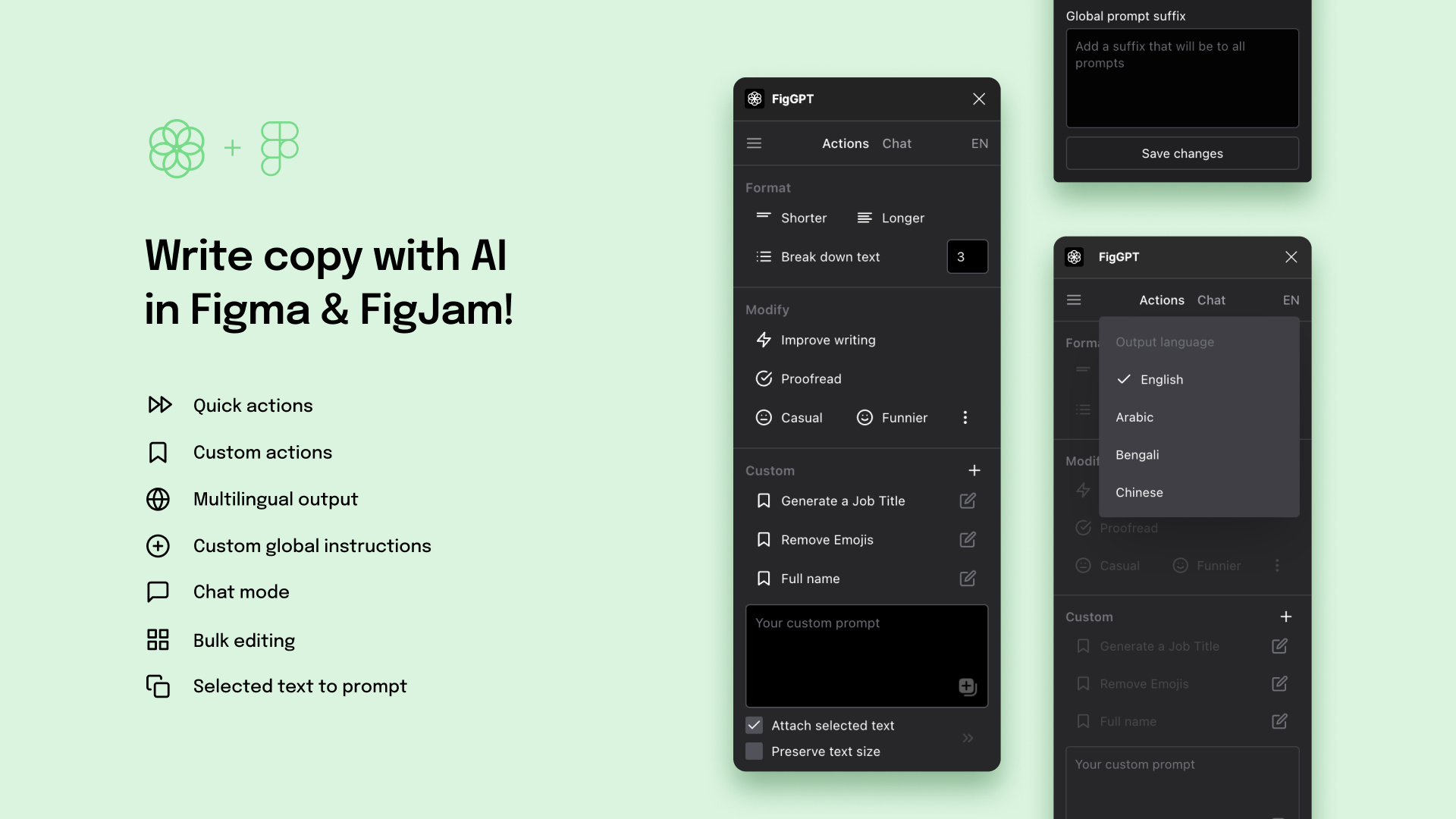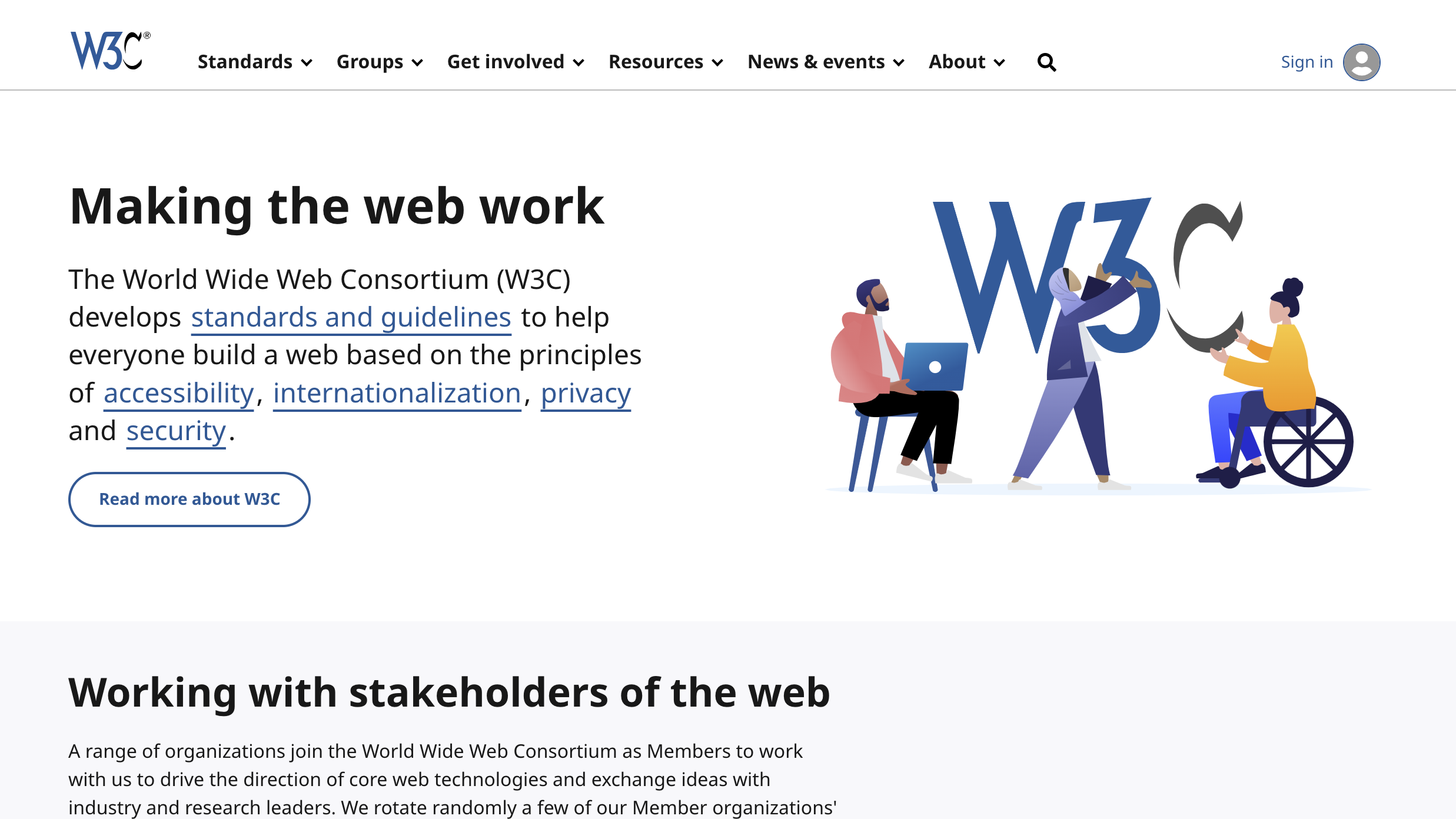The integration of Artificial Intelligence (AI) into User Experience (UX) design is revolutionising the way designers approach their work. No longer just a futuristic concept, AI-driven tools are actively reshaping workflows, automating tedious processes, and enhancing personalisation. While AI is streamlining many aspects of UX, the core principles of human-centered design remain unchanged. Instead, AI serves as an enabler, freeing designers to focus on creativity, strategy, and user advocacy.
Let’s take a closer look at how AI is transforming the field of UX and what this means for the evolving role of designers.
Automation of Repetitive Tasks
UX designers often spend a significant amount of time on repetitive tasks such as resizing images, generating design variations, and conducting A/B testing. AI-powered tools are now automating these processes, allowing designers to allocate their time and energy toward more strategic efforts.
For instance, AI-driven platforms can rapidly analyze user interactions and highlight the most effective design elements, reducing the time spent on manual data processing. Automated user testing tools not only detect usability pain points but also suggest improvements, expediting iteration cycles. Tools like Figma’s AI-powered design assistants or Adobe Sensei can generate multiple design options in seconds, making ideation and prototyping faster and more efficient.

Implication for UXers:
UX designers must embrace AI as a productivity booster and learn to integrate AI tools into their workflows. This includes gaining proficiency with automation platforms, such as AI-driven prototyping tools, and understanding how to delegate repetitive tasks like A/B testing or resizing images to these systems. Designers will need to focus more on strategic decision-making and creative problem-solving, as automation takes over routine tasks.
Hyper-Personalisation & Adaptive Interfaces
AI enables hyper-personalisation by analysing vast amounts of user data to deliver tailored content, interfaces, and recommendations. Unlike traditional UX approaches that rely on broad user personas, AI dynamically adjusts user experiences in real time, creating a more intuitive and engaging journey.
Examples of AI-driven personalisation include:
- Adaptive interfaces that modify layouts, colour schemes, or content based on a user’s interaction history.
- Predictive analytics that anticipate user needs and provide suggestions before they even realise they need them.
- Conversational AI that powers chatbots and voice interfaces, offering personalised support with contextual understanding.
Implication for UXers:
Designers must develop skills in data analysis and interpretation to harness AI's ability to personalise experiences. Understanding user behaviour through data insights will be essential for creating adaptive interfaces and tailored content. Additionally, UXers should collaborate with data scientists and engineers to implement machine learning models that drive personalisation.
Enhancing Accessibility & Inclusive Design
AI is playing a critical role in making digital experiences more inclusive. Technologies like Natural Language Processing (NLP), voice recognition, and real-time text-to-speech conversion are transforming accessibility standards, ensuring that products cater to a broader audience, including those with disabilities.
AI-driven accessibility tools can:
- Generate automatic alt text for images to assist visually impaired users.
- Provide real-time captioning and speech-to-text conversions for users with hearing impairments.
- Adjust interfaces based on user-specific needs, ensuring compliance with WCAG guidelines and other accessibility standards.
Implication for UXers:
UX professionals need to familiarise themselves with AI-powered accessibility tools like voice recognition and NLP. Designers should also stay updated on inclusive design principles and ensure that AI-enabled features meet accessibility standards. This requires a blend of technical knowledge and empathy for diverse user needs.

Data-Driven Design Decisions
One of AI’s greatest contributions to UX is its ability to process and interpret large-scale user data. Traditional design decisions often relied on intuition, limited user testing, or small sample sizes. AI, on the other hand, enables data-driven UX by providing real-time insights into user behaviour, preferences, and pain points.
Predictive analytics help designers proactively address usability challenges before they become widespread issues. AI can:
- Identify patterns in user feedback to prioritise feature development based on actual needs.
- Conduct sentiment analysis on customer reviews and social media to understand emotional responses to products.
- Detect usability bottlenecks by analysing heat maps and clickstream data, helping refine interactions based on user flow.
Implication for UXers:
Designers must become comfortable working with analytics platforms and AI-driven insights. This involves learning how to interpret large datasets, identify trends, and apply findings to improve usability. UXers should also prioritize iterative design processes based on real-time feedback from AI-powered analytics tools.
Augmented Creativity & Generative AI
AI is not just about automation—it’s also fuelling creativity. Generative AI acts as a design assistant, offering new perspectives and variations that might not have been considered otherwise. Tools like OpenAI’s DALL·E and MidJourney generate visual concepts, while ChatGPT and Jasper AI assist with UX writing and content ideation.
Implication for UXers:
Designers need to explore generative AI tools that assist in brainstorming, ideation, and prototyping. While leveraging these tools, UXers must maintain their unique creative vision and ensure that the AI-generated outputs align with user needs. Developing a balance between human creativity and machine assistance will be critical.
.jpeg)
The Evolving Role of UX Professionals
With AI handling many technical and repetitive aspects of UX design, the role of designers is evolving. The focus is shifting toward higher-level responsibilities such as:
- Strategic Problem-Solving: Designers are becoming problem-solvers who integrate AI insights into business and user goals.
- Empathy & Human-Centred Thinking: While AI can analyse data, it cannot replicate human emotions, creativity, or ethical judgment. Designers must advocate for users, ensuring AI-driven experiences remain intuitive and humane.
- AI Training & Fine-Tuning: As AI systems require constant refinement, UX designers are now involved in training models, setting rules, and fine-tuning automated processes to align with user needs.
Implication for UXers:
As AI shifts focus toward strategic roles, UX designers must enhance their soft skills, such as storytelling, collaboration, and empathy. They should also cultivate a mindset of continuous learning to stay ahead of emerging AI trends. Those who fail to adapt risk being outperformed by peers who effectively integrate AI into their work.
Final Thoughts: AI as an Enabler, Not a Replacement
The future of UX design lies in a symbiotic relationship between human-centred design and AI capabilities. Designers must position themselves as leaders in shaping how AI is applied ethically and effectively in user experiences. Embracing lifelong learning and adaptability will be key to thriving in this evolving landscape.



